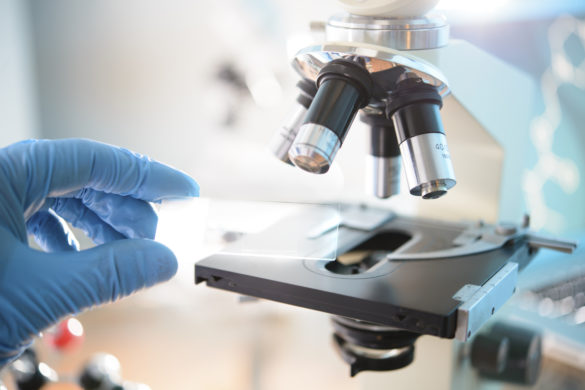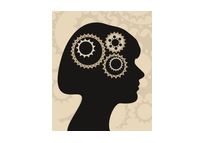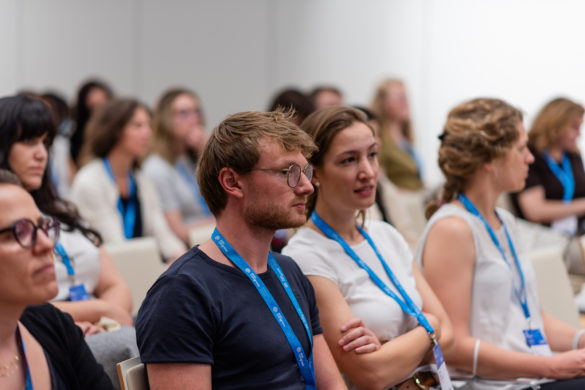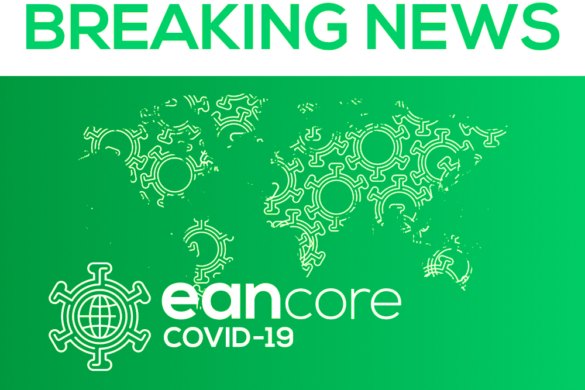by Antonella Macerollo
A packed Main Auditorium was the venue for this year’s Presidential Symposium, as one of the major highlights of every EAN Annual Congress finally took place in front of a live audience following two virtual symposia at the last two congresses. Prof. Bassetti, President of the EAN, and Prof. Marson, Chair of the Programme Committee co-chaired and introduced the session, with Bassetti welcoming four renowned speakers whom he described as “towering figures of modern neurology”.
Prof. Michael Moskowitz, Professor of Neurology at Harvard Medical School, opened the symposium with his Brain Prize Lecture. He discussed the pathophysiological role of the trigeminovascular system in migraine and highlighted evidence about peptides and other neurotransmitters involved in the pathophysiology of migraine, indicating that these might be the target for new strategies of prophylaxis and treatment of migraine.
The 2022 Moritz Romberg Lecture was then delivered by Prof. Bo Norrving, Professor of Neurology at Lund University, Sweden. He gave a wide overview on the epidemiology of stroke. The main focus of this lecture was about prevention strategies of stroke and the positive consequences of these strategies on the prevention of dementia. Stroke is a field of neurology that has always been left behind because there are no cures. This should be the main motivation to improve prevention strategies at national level, building collaborative work between the national health systems and national societies of neurology as well as the World Stroke Organization.
Prof. Kailash Bhatia, Professor of Neurology at the University College of London, was next to the stage, presenting the Charles Edouard Brown-Sequard lecture. Prof. Bhatia spoke about the importance of translational research in the current time. Combining clinical research and basic science is the key to success in the future to improve patient care. There is a need for qualified clinical phenomenologists to guide research and to lead the correct interpretation of research data. In parallel, the clinical phenomenologists and the geneticists should work together to provide the most appropriate genetic tests in clinical practice, which should always have a space even in the absence of available cures because the genotype is a predictive factor to know the possible response of a phenotype to symptomatic treatments (i.e. dystonic genotypes and deep brain stimulation).
The symposium ended with the Camillo Golgi Lecture delivered by Prof. Hans Lassmann, Professor of Neurology at the Medical University of Vienna, who spoke about The Contribution of Neuropathology to Multiple Sclerosis Research. He gave a broad overview of the different neuropathological abnormalities underlying demyelinating diseases. This was followed by a discussion on the different aspects of autoimmune encephalomyelitis in humans. Prof. Lassmann also described the clinical features and pathology of MOGAD, one of the most debilitating demyelinating diseases, as well as the neuropathological differences between MOGAD and Multiple Sclerosis.








